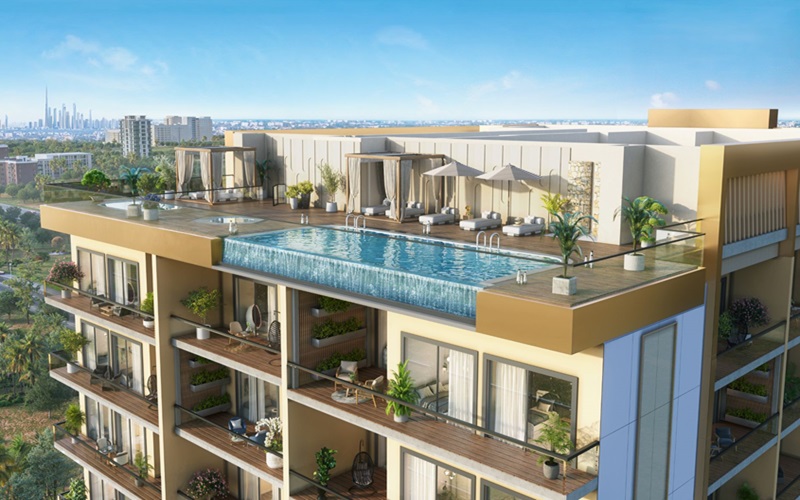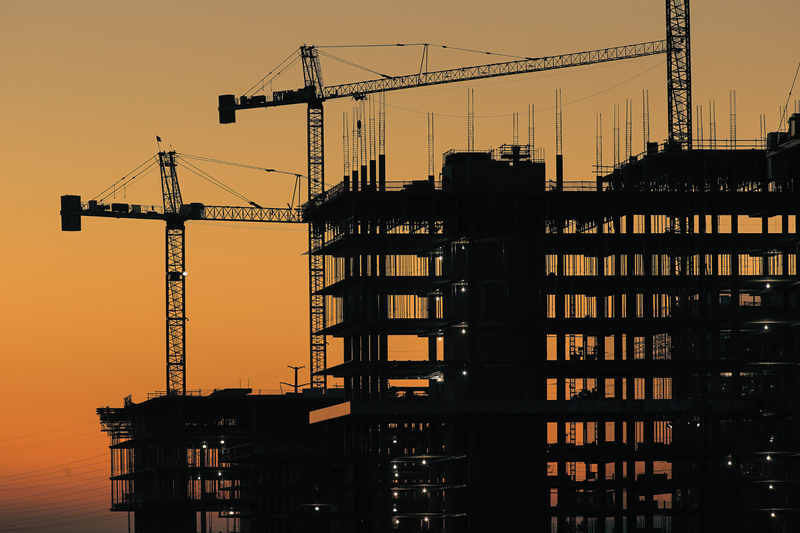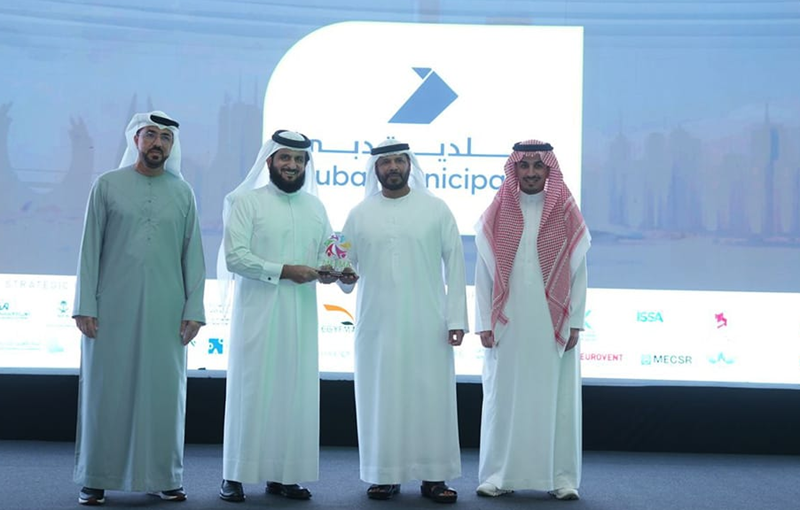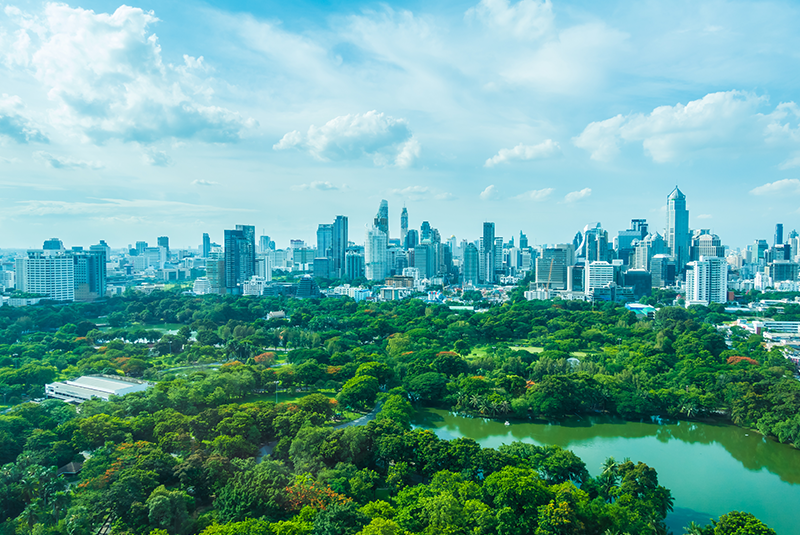
Keturah Reserve, a luxury residential development by MAG within the Meydan development in Dubai, incorporates nature to improve the well-being of occupants. Coral Bloom on Shurayrah Island, The Red Sea Project, is inspired by Saudi Arabia’s unique fauna and flora.
These are examples of how the real estate industry is embedding biodiversity and green infrastructure such as living walls, outdoor green spaces or rooftop beehives.
As urban population surges, the need for more ecological spaces is increasing, to combat climate change. The discussion on the interdependence of biodiversity loss and climate change has become increasingly important in conversations around the climate crisis. Biodiversity – the variety of plant and animal life in the world – is important to real estate investors considering how it improves the built environment.
Ecological urbanism in GCC
The goal of ecological urbanism is to create 'artificial ecosystem' cities' that achieve the same interdependent efficiencies and lifepreserving redundancies as natural ecosystems. Biodiversity concerns are being met in the commercial property sector through greening initiatives.
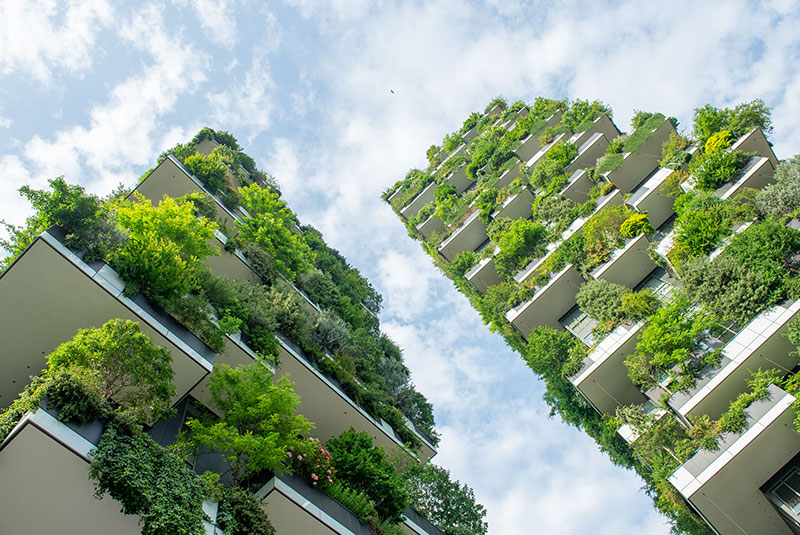 “It is essential we embrace and utilise the opportunities available in the region, to show ecological urbanism can succeed even in environments as harsh and challenging as in the GCC. In the GCC we have great opportunities thanks to the many development agendas and plans happening across governments. While our regional landscapes are perceived to suffer from. a lack of natural resources, that is not the case. Arid ecologies are equally important in the biodiversity of the world," says Design Director, Gensler Middle East's Cities and Urban Design Practice, Steven Velegrinis.
“It is essential we embrace and utilise the opportunities available in the region, to show ecological urbanism can succeed even in environments as harsh and challenging as in the GCC. In the GCC we have great opportunities thanks to the many development agendas and plans happening across governments. While our regional landscapes are perceived to suffer from. a lack of natural resources, that is not the case. Arid ecologies are equally important in the biodiversity of the world," says Design Director, Gensler Middle East's Cities and Urban Design Practice, Steven Velegrinis.
“The GCC presents a huge opportunity for an ecological urbanism movement. Ecological urbanism aims to create cities that mimic the efficiencies and interdependencies found in natural ecosystems. This involves designing urban spaces that operate in harmony with nature, utilising green areas for more than just aesthetics, and transforming the linear energy and waste pattern into a circular system,” he adds.
The giga projects in Saudi Arabia are massive in scale and size and developed with nature in mind. The Red Sea Project aims to reduce its impact on the natural landscape, with ecologically designed destinations and being 100% powered by renewable energy.
NEOM is another great example of preserving the surrounding nature. In the UAE, we have a number of projects with sustainability at the core. The Sharjah and Dubai Sustainable City and the Terra Pavillion of Dubai Expo are examples, cites Velegrinis.
Managing biodiverse properties
The built environment impacts biodiversity in all its stages, from planning, construction, operations to closure. In the operational stage, the built environment's impact comes mainly from the energy, water, food and other resources used in running the buildings, by the wastes it produces, and by the way it is managed. Using energy and water more efficiently, making sustainable purchase decisions, reducing, treating and disposing of waste properly, all reduce the impact on biodiversity.
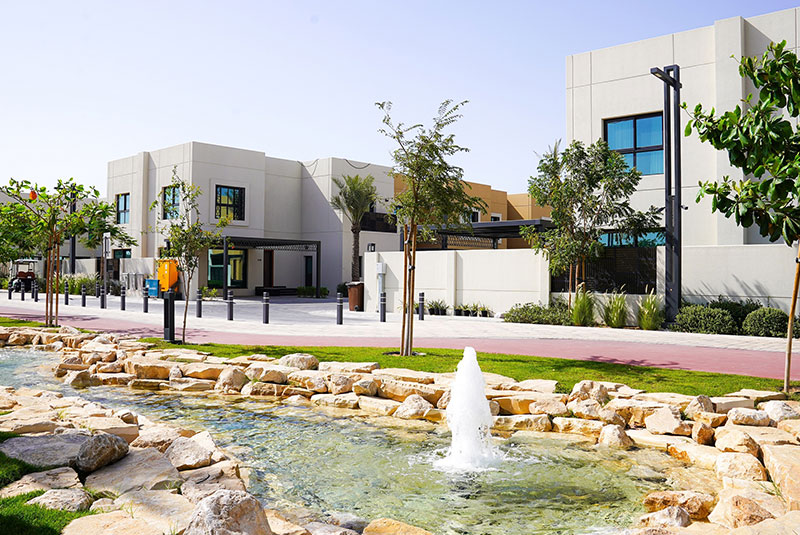 Managing biodiversity is a central part of responsible property management. It involves understanding the biodiversity characteristics of a property to make suitable measures to enhance it. This will shape the development of appropriate measures to enhance biodiversity and can help to secure the funding these measures require.
Managing biodiversity is a central part of responsible property management. It involves understanding the biodiversity characteristics of a property to make suitable measures to enhance it. This will shape the development of appropriate measures to enhance biodiversity and can help to secure the funding these measures require.
With two-thirds of the world projected to live in cities by 2050, initiatives that prioritise biodiversity are increasingly vital to build and maintain healthy and resilient communities.
According to Better Building Partnership, a collaboration of UK's leading property owners to improve the sustainability of commercial buildings, managing biodiversity is a critical element of responsible property management.
Experts at Savills real estate say that a sustainable approach and bringing green back into our spaces can reduce bills as well as emissions.
For biodiversity management, Savills advocates a biodiversity baseline assessment which involves conducting an ecological survey to identify species and habitat that are present in a particular location. This can provide property managers with information on how to mitigate biodiversity risk, responsibly manage a site, and assist with developing a biodiversity action plan to ensure nature is considered in the decision-making process. Such an action plan requires the collaboration between multiple stakeholders and promotes the installation of green infrastructure, explains the Savills blog, ‘The role of biodiversity within property management’.
Demand has notably increased for properties that incorporate greenery. Promoting biodiversity within property management will not only help mitigate the built environment’s contribution to global biodiversity loss, it will assist with promoting wellbeing.
While sustainability agendas have focused on decarbonisation, biodiversity is equally paramount.
To further promote sustainable living, The Sustainable City, the environment-friendly community in the Middle East by Diamond Developers, launched a community-wide biodiversity assessment programme. It deployed monitoring equipment to measure the impact of urban ecology on biodiversity and ecosystem health. The Sustainable City is the region’s first community to monitor and measure the health of its ecosystem, in association with Emirates Nature-WWF, by installing advanced monitoring equipment, like ultrasound recorders for bats and audio recorders for birds, to monitor the diversity of local species.
Faris Saeed, CEO of Diamond Developers said, “We endeavour to provide living spaces where we can coexist along with nature, while providing it a better chance to flourish and thrive. We have channelled our efforts to help reduce carbon emissions in our cities, and research has always been a key part of what we do, that is why we are constantly collecting and analysing data, and testing new technologies through SEE Institute, our knowledge and research arm. This initiative aims to provide deeper understanding of local species and the impact they have on the environment.”
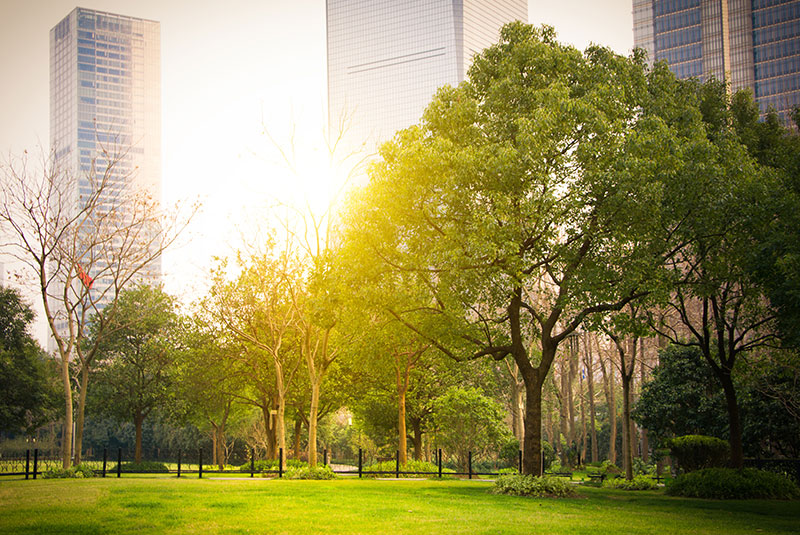 Sharjah Sustainable City–the first sustainable master-planned residential community developed by Sharjah Investment and Development Authority (Shurooq) in partnership with Diamond Developers, announced the launch of its Final Phase during the ACRES 2023 real estate exhibition.
Sharjah Sustainable City–the first sustainable master-planned residential community developed by Sharjah Investment and Development Authority (Shurooq) in partnership with Diamond Developers, announced the launch of its Final Phase during the ACRES 2023 real estate exhibition.
A pioneering mixed-use project that meets the highest standards of social, environmental, and economic sustainability, Sharjah Sustainable City extends over 7.2 million square feet in Sharjah’s Al Rahmaniyah area.
Commenting on the occasion, Yousif Ahmed Al-Mutawa, CEO of Sharjah Sustainable City, said, “Powered by clean energy, providing an abundance of green space and with an affordable price range, the villas at Sharjah Sustainable City offers unbeatable value. At a time when global home buyers are seeking a sustainable lifestyle that protects the planet, we are proud to be leading in the field of sustainable development in Sharjah.”
By integrating more green spaces, the real estate industry in the GCC region is redefining modern living. By promoting a holistic sustainability agenda, these trends offer immense opportunities for developers, investors, and stakeholders to contribute to the region’s economic growth and raise benchmarks in offering distinctive experiences in living, while contributing to the conservation of biodiversity and the environment.

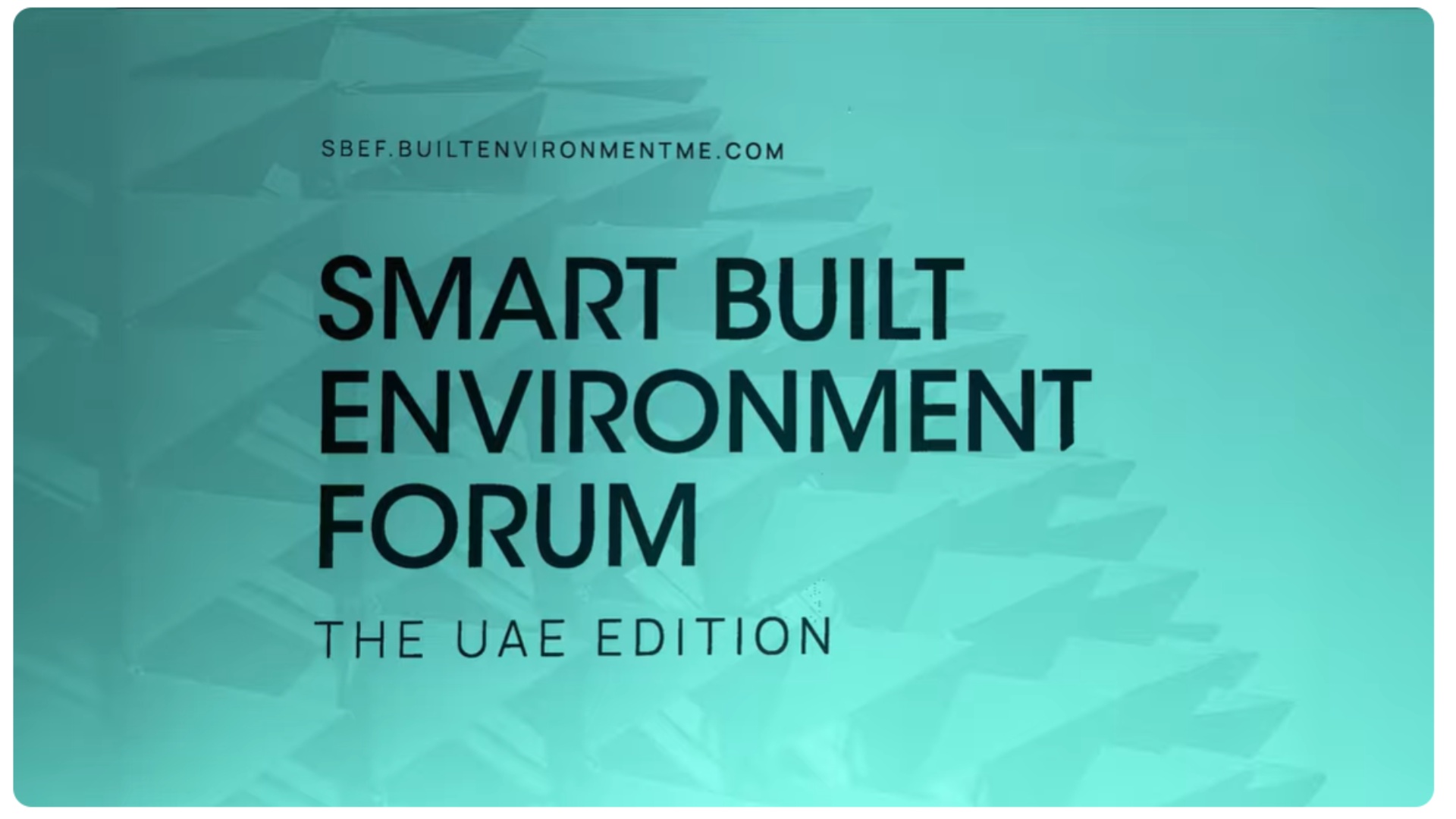





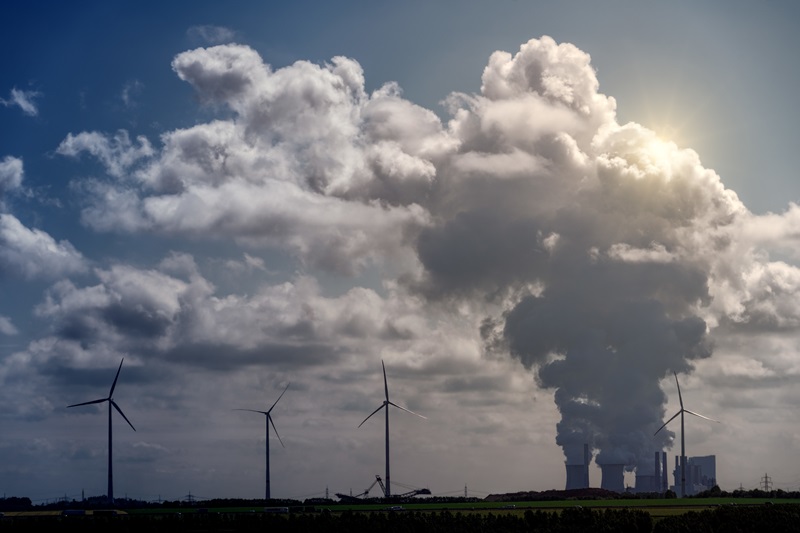

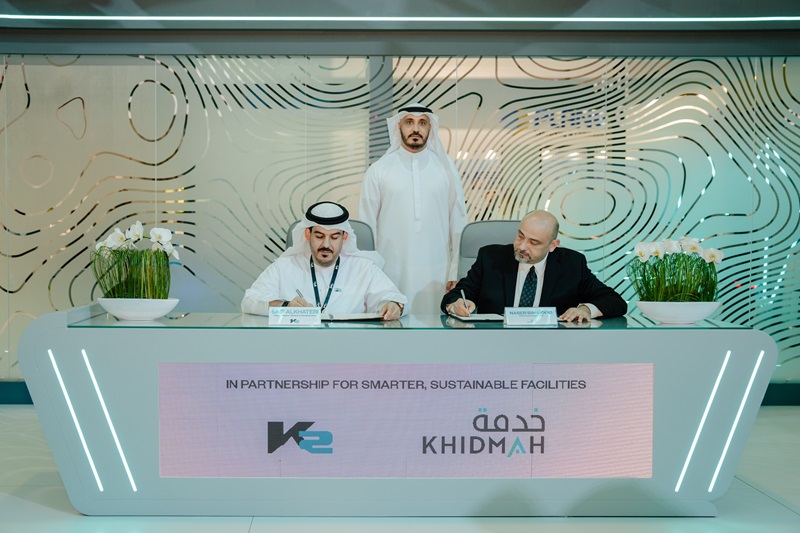
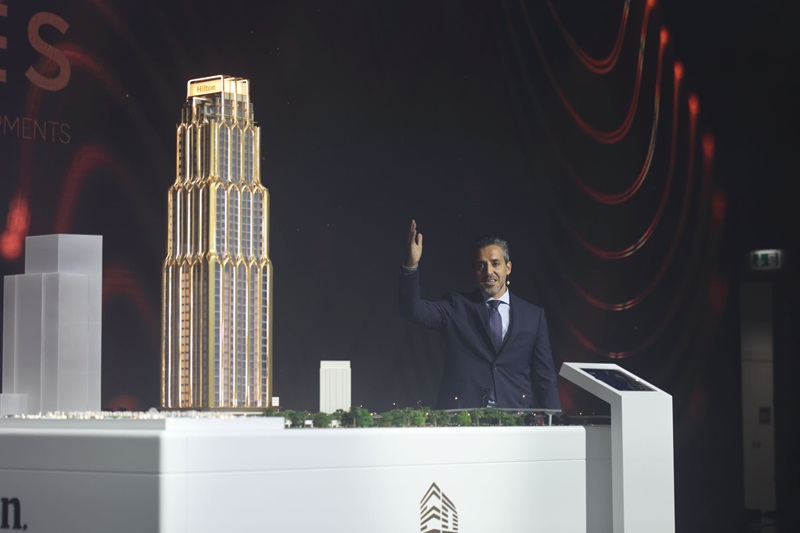

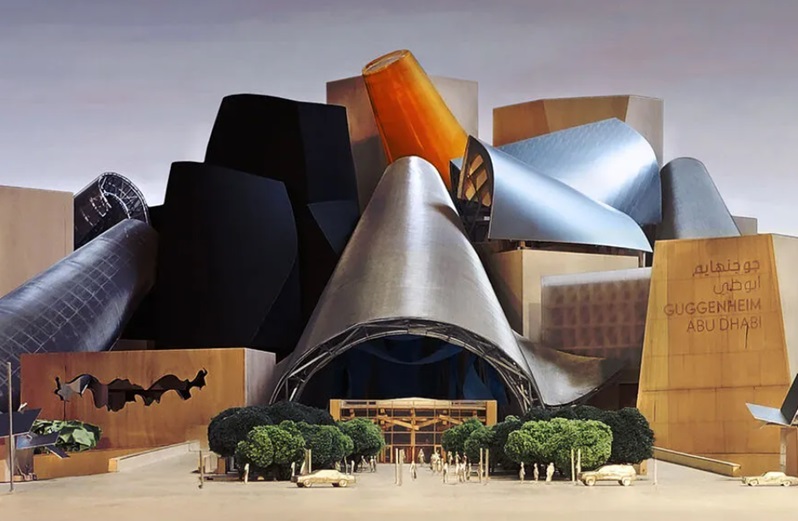
.jpg)
